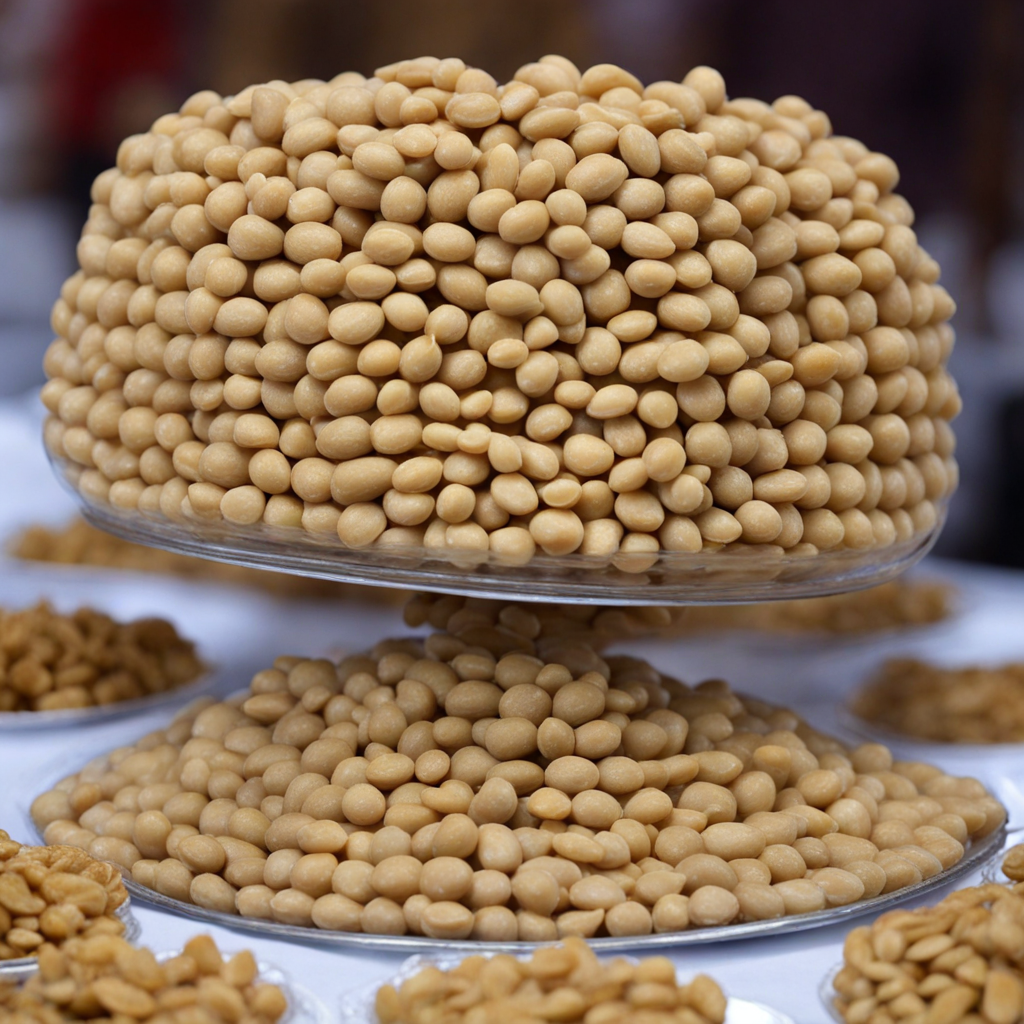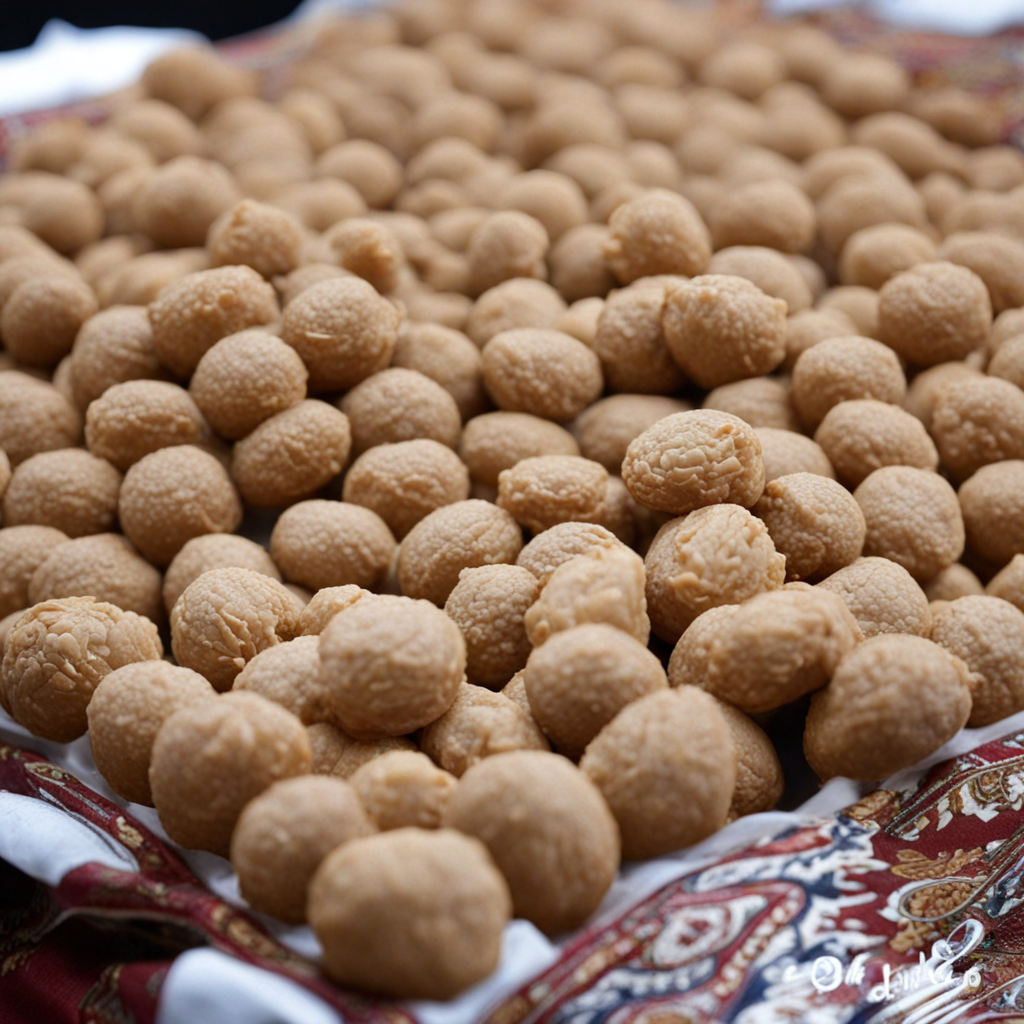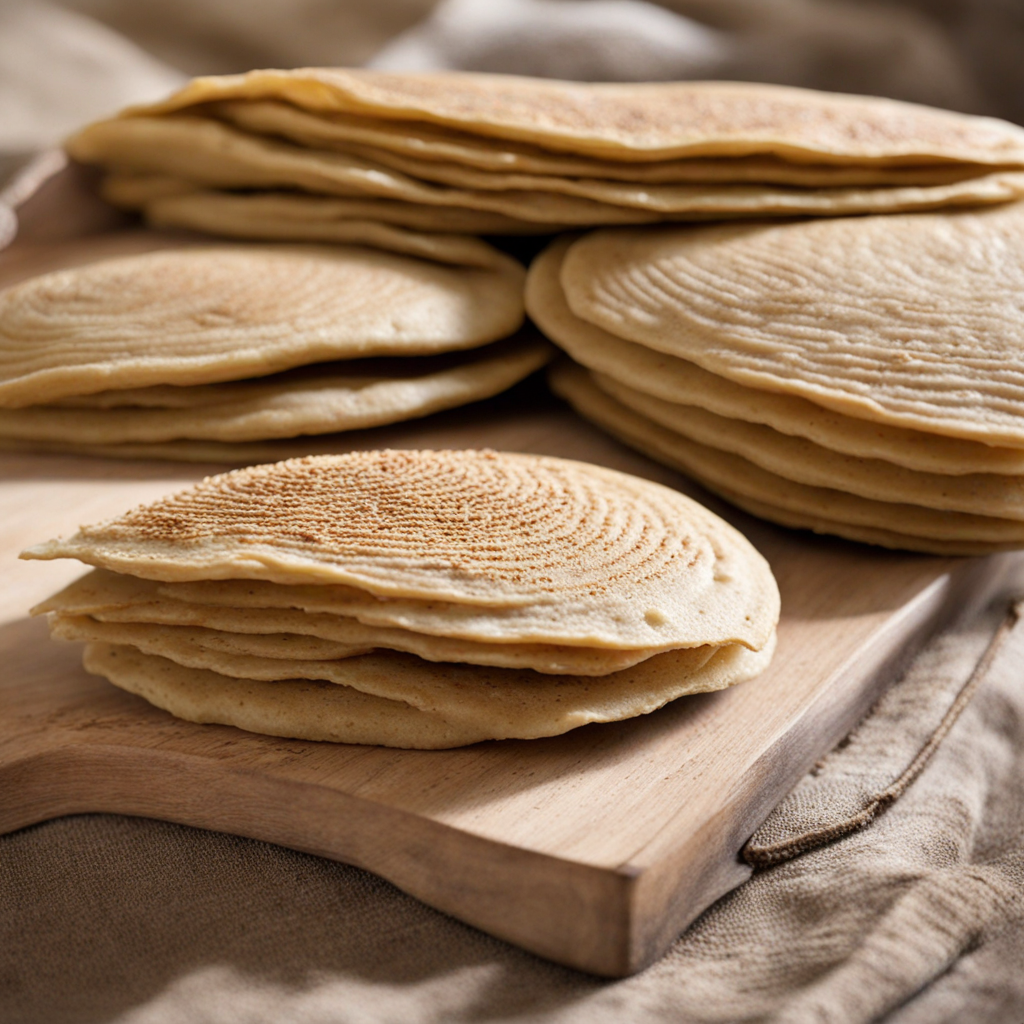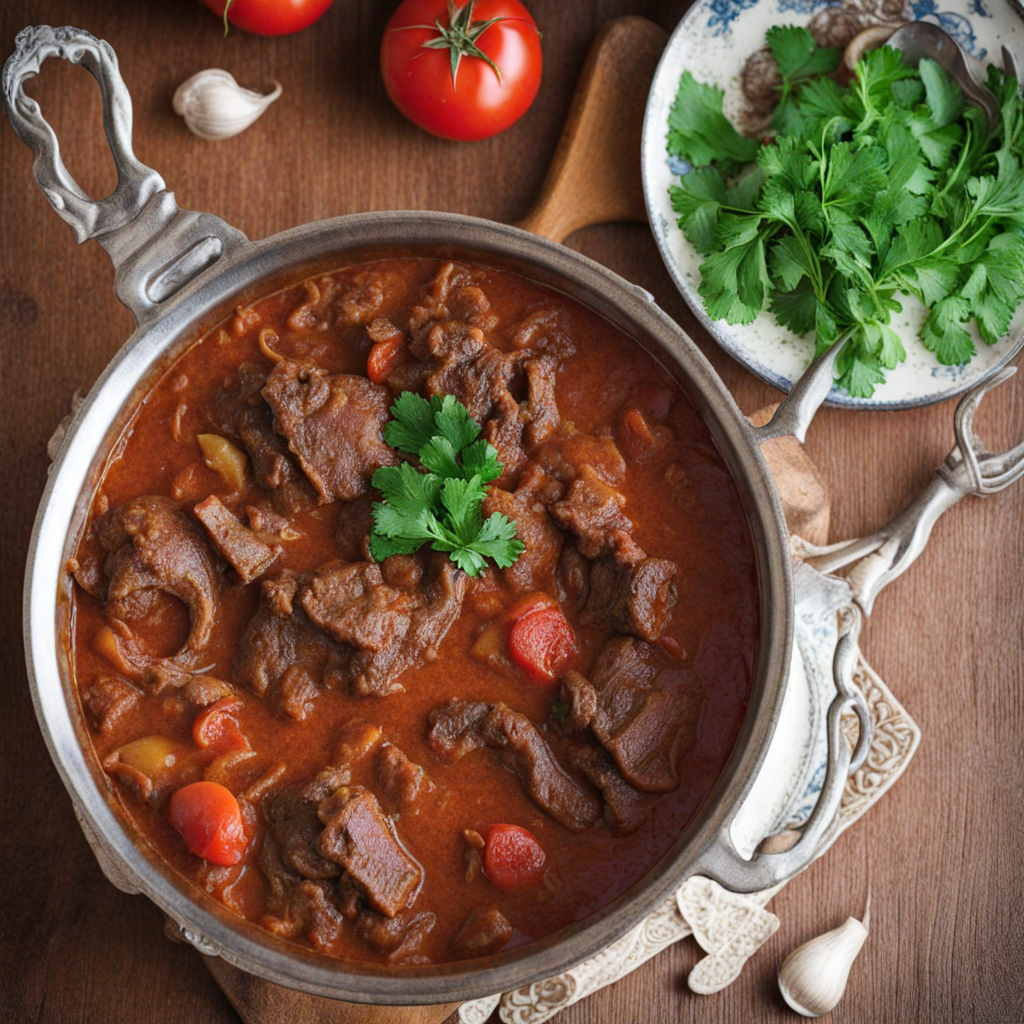Miengue
Miengue is a traditional Chadian dish that beautifully reflects the rich culinary heritage of the region. This savory delight typically features a base of fermented grains, often millet or sorghum, which are ground into a fine flour. The flour is then mixed with water to create a dough-like consistency, which can be shaped into small balls or cakes. These are then steamed or boiled until they achieve a tender, chewy texture that is both satisfying and wholesome. The fermentation process not only enhances the flavor but also adds a subtle tanginess that distinguishes Miengue from other grain-based dishes.
How It Became This Dish
The History of 'مينجي' (Mingui) from Chad #### Origins Mingui, also known as 'minji' or 'minge,' is a traditional dish from Chad, located in central Africa. The dish primarily consists of fermented corn and is often accompanied by various sauces or stews featuring meat, vegetables, and spices. While the exact origins of mingui are somewhat obscure, it is believed to have developed alongside the agricultural practices of the indigenous peoples of the region, particularly among the Sara and other ethnic groups who have long inhabited the fertile lands of southern Chad. Agriculture in Chad dates back thousands of years, rooted in the region's rich soil and favorable climate. Crops such as millet, sorghum, and maize have been staples for many communities. The fermentation process used in mingui not only preserves the corn but also enhances its nutritional value and flavor, reflecting the ingenuity of local communities in making the most of their resources. The use of fermentation is a common practice in many cultures worldwide, but in Chad, it embodies a unique approach to food preservation and preparation, reflecting the local environment and agricultural heritage. #### Cultural Significance Mingui holds a significant place in the culinary landscape of Chad. It is more than just a meal; it represents cultural identity, tradition, and social cohesion. The preparation of mingui often involves the participation of family members, creating a sense of community and connection. In many households, the gathering to prepare mingui is a communal event, where stories are shared, and traditions are passed down through generations. In various Chadian communities, mingui is often served during festivities, celebrations, and family gatherings, highlighting its role in social bonding. The dish's versatility allows it to be paired with a variety of accompaniments, making it suitable for both everyday meals and special occasions. The fermentation process, which can take several days, is also a testament to the patience and skill of the cooks, further elevating the dish's status in local cuisine. Mingui is often enjoyed with a sauce made from groundnut (peanut), tomato, and various spices, or with a vegetable stew that might include ingredients like okra or eggplant. These accompaniments not only enhance the dish's flavor but also allow for the incorporation of seasonal produce, reflecting the agricultural cycles of the region. #### Development Over Time As Chad has evolved, so too has mingui. The dish has remained a staple in the diets of many Chadians, but its preparation and presentation have adapted to the changing times. In the past, mingui was primarily prepared using traditional methods, such as hand-grinding corn and using clay pots for fermentation. However, with modernization and urbanization, some aspects of its preparation have shifted. Urban centers in Chad, like N'Djamena, have witnessed an influx of people from rural areas, leading to a blending of culinary practices and the emergence of new interpretations of traditional dishes. In these urban settings, mingui may be prepared using more contemporary methods, such as electric grinders and modern cooking appliances, allowing for quicker preparation times but sometimes at the expense of the traditional artisanal qualities that characterize the dish. Moreover, mingui has gained recognition beyond the borders of Chad. As Chadian diaspora communities establish themselves around the world, they have brought their culinary heritage with them, introducing mingui to new audiences. The dish is often featured at cultural events and festivals, showcasing the rich flavors and traditions of Chadian cuisine to a broader public. This globalization of mingui illustrates how traditional foods can transcend geographical and cultural boundaries, becoming symbols of identity and pride for those who prepare and consume them. #### Contemporary Perspectives In recent years, there has been a growing interest in traditional and indigenous foods, with many people recognizing the importance of food heritage in promoting cultural diversity and sustainability. Mingui, with its deep roots in Chadian culture, has found its way into discussions about food security and the preservation of culinary traditions. As the world grapples with issues such as climate change and globalization, there is a renewed appreciation for local ingredients and traditional practices that have sustained communities for generations. Food activists and scholars are increasingly advocating for the importance of preserving traditional dishes like mingui as a means of maintaining cultural identity and promoting biodiversity. This has led to initiatives aimed at educating younger generations about the significance of their culinary heritage, ensuring that traditional practices continue to thrive in a fast-changing world. Additionally, mingui has also inspired chefs and food enthusiasts to experiment with its flavors and ingredients, creating innovative dishes that pay homage to its origins while embracing contemporary culinary trends. This fusion approach has resulted in the emergence of new renditions of mingui, which may incorporate global ingredients or modern cooking techniques while still honoring the essence of the traditional dish. #### Conclusion Mingui is more than just a dish; it embodies the spirit of Chadian culture, reflecting the resilience and creativity of its people. From its origins in ancient agricultural practices to its emergence as a symbol of community and identity, mingui has evolved while retaining its core significance. It serves as a reminder of the importance of food in connecting us to our history, our culture, and each other. As the world continues to change, the future of mingui appears promising. With a growing appreciation for traditional cuisines and a focus on sustainability and cultural preservation, this beloved Chadian dish is poised to remain a cherished part of the culinary landscape, both within Chad and beyond. Through mingui, the stories of Chadian families, their agricultural heritage, and their communal bonds continue to be celebrated, ensuring that this dish remains a vibrant and meaningful part of Chadian culture for generations to come.
You may like
Discover local flavors from Chad







